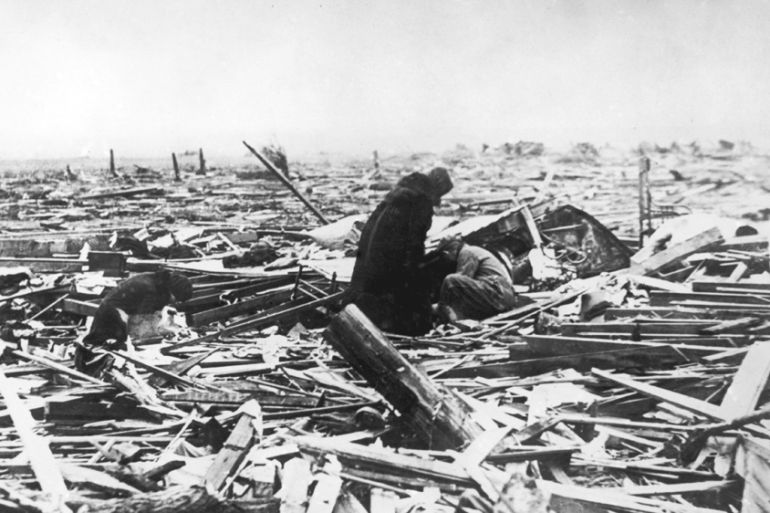Slow start to US tornado season
The winter cold across the country has been grabbing the headlines, but the twister threat could soon return.

It has been a strange winter across the US. Exceptionally mild weather in the west has contrasted with severe winter weather in the east.
Boston, for example, has recorded its snowiest winter since records began in 1872.
Keep reading
list of 4 itemsThe Final Breath
Energy experts predict ‘next-level’ renewables boom, rude awakening for gas
World experienced hottest April on record, climate monitor says
What has been less apparent, is that the US’s deadliest weather phenomenon has been largely absent during the early part of the year.
To March 12, just 27 tornadoes were reported across the country, the lowest since the 21 tornadoes to the same date in 2003.
The cause of the east-west temperature anomaly is also responsible for the very slow start to the tornado season; namely, the persistent jet stream pattern.
The southward plunge of the polar jet across the central Plains and east of the country, has kept the warm, moist air from the Gulf of Mexico anchored in that area.
Pulses of humid air from this region, interacting with cold dry air across the Plains, are the fundamentals of tornado formation.
Assuming this persistent pattern will come to an end in the near future, can we expect a sudden increase in tornado activity?
If so, we should be very concerned, as tornado deaths tend to occur early in the season.
This may be because people are less prepared to heed warnings and have their own safety plan until they have experienced a tornado at close quarters.
In fact, a slow start does not necessarily imply a more active period later in the year.
Only two years in the last 20 have started as slowly as 2015. 2003 ended up being a very active year, with 1375 tornadoes, compared with an average of 1,200, including 542 in May alone.
By way of contrast, 2002 was exceptionally “quiet” with just 941 tornadoes.
It may be a salutary reminder that Wednesday will be the 90th anniversary of the Tri-State Tornado – the deadliest single tornado in US history.
This monster twister, a category 5 on the Enhanced Fujita scale, swept across the states of Missouri, Illinois and Indiana.
In the space of three hours, this tornado cut a swathe of damage 400m wide for more than 350km.
By the time it had petered out, it had killed 689 people, injured more than 2,000 others and caused $18m in damage (at 1925 US dollar rates).
There is nothing to suggest that we will see any tornado activity on that scale this year, but it is best to be prepared.